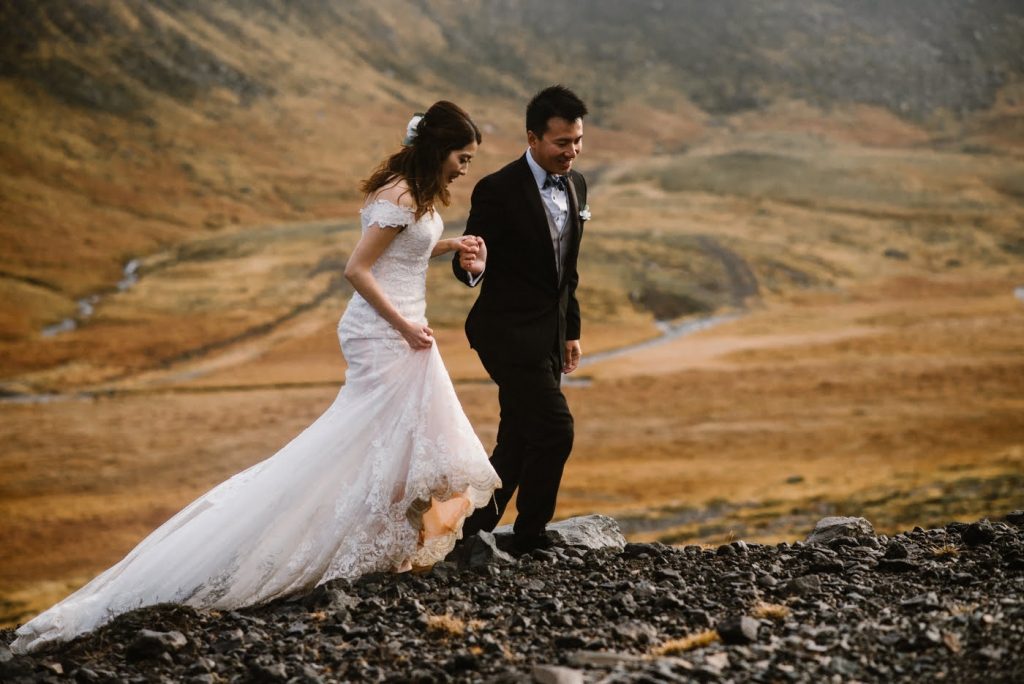“The Queen has been dreadfully stunned.”
These text ended up sent in a letter created by Queen Victoria’s non-public secretary in 1875. In accordance to the be aware, tackled to Joseph Lister (who, at the time, was functioning as Professor of Operation at the University of Edinburgh), the English monarch had severe issues regarding the use of animal experimentation in scientific research. She was “most anxious to set a stop” to techniques that concerned injecting, functioning on, and drive-feeding animals in the title of scientific development.
It only took a century for Queen Victoria’s humanitarian wish to be granted—mostly. In 1998 — amid mounting public pressure and escalating media attention on animal rights protests — the Uk passed a groundbreaking ban towards animal testing for cosmetic purposes. But now it seems the nation could be going backward. New laws could allow for beauty animal assessments to choose spot the moment once more.
To have an understanding of how we’ve got to this position, let’s appear at the record of animal tests and in which we are in modern day science ideal now.
The cruel truth of beauty animal tests
In healthcare and beauty analysis, animal screening will involve undertaking invasive strategies on animals to test for a response to medicine and chemical compounds. In the cosmetics sector, the most frequent animals made use of for testing are guinea pigs, rabbits, rats, and mice. They may well have chemical substances rubbed on their skin and eyes, injected into their bodies, or they could be forced to eat or inhale substances. According to the Humane Society Global, globally, all-around 500,000 animals die in cosmetic tests every yr.

Why did beauty animal tests begin?
Animal testing for scientific functions is much from new. It basically predates Queen Victoria’s time and goes all the way again to Ancient Greece. (Aristotle was a person of the very first documented teachers to execute experiments on living creatures.) But again then, animal checks ended up mainly performed on professional medical grounds. It wasn’t until the early 20th century that cosmetic animal checks started to become commonplace.
This was mostly to do with the U.S. Food stuff and Drug Administration (Fda)’s passing of the 1938 Federal Foods, Drug, and Beauty Act, which mandated cosmetic animal tests on beauty merchandise. Lots of components prompted the legislation, but a person renowned situation is that of Lash Lure. In the 1930s, a number of women of all ages have been blinded following making use of the mascara due to the fact it contained untested p-phenylenediamine. (For some, the chemical will cause critical allergic reactions involving blisters, ulcers, and abscesses.)
But because the early 20th century, science has progressed significantly. “We’re at a level in science now that would have been science fiction not that extended ago,” says Dr. Jarrod Bailey, previous Science and Technologies Director at the Centre for Modern day Sciences and existing Science Director at Animal Free Research British isles. “It’s astounding what we can do.”
Now, he clarifies, we can defend humans from adverse reactions with a number of efficient, reliable, and humane possibilities to animal tests. Not only can contemporary researchers basically increase human cells for screening in the lab, but computational biology is also promptly advancing. (This is when scientists use present knowledge to correctly design the reactions of new medications and chemical compounds.)

Switching view & legislation
It’s not just a developing selection of experts who are towards animal tests. General public view is way too. And it has been for some time. While attitudes versus the follow have been brewing in the Victorian era, they were normally limited to the aristocracy. But in the 1970s and 1980s, with much more quickly offered media protection and literature, the animal rights motion turned available to far more individuals and started to obtain traction. In the end, this helped guide to the UK’s 1998 ban on beauty animal screening.
But now, many thanks to a regulation named Registration, Evaluation, Authorisation, and Restriction of Chemical compounds (Access), it looks the Uk is about to pivot its policy. This regulation, implemented by the European Chemical substances Company (ECHA), demands that in purchase to defend employees during the producing method, some substances (including a quantity of cosmetic ingredients) must be analyzed on animals.
Attain instantly contradicts the European Union (EU)’s animal screening ban and suggests that inspite of the procedures from it, in some instances, animal tests for cosmetics can continue to be carried out legally all through the EU (and is, confirms a new review). Now that the Uk has remaining the EU, it is setting up to apply its personal copycat model of Get to.
“It has deserted its 1998 coverage ban,” Cruelty Cost-free International’s director of community affairs Kerry Postlewhite confirms, just after stating that the nonprofit was “disappointed and concerned” with the United kingdom Home Business office. “This coverage departure destroys the gold typical Uk animal screening ban for cosmetics and their components.”
Postlewhite also clarifies that, like in the EU, the improve will not be open up to public scrutiny. As an alternative, it will “take location powering shut doorways, without the need of opposition or challenge.”
Some scientists have designed their entire reputations and occupations on a unique way of carrying out issues. They never want to acknowledge they are completely wrong.
But, why, if there are different techniques that are additional moral and a lot more correct than animal checks that have pre-Victorian era roots, are we even now using the latter? Bailey states there are a few factors. And in his watch, none of them are to do with progression in science.
“In this specific place of science, you have people who have constructed their whole reputations and careers on a individual way of executing items,” he states. “They do not want to admit that what they’ve accomplished has been a waste of time. They never want to acknowledge they’re incorrect. They don’t want to be informed they are incorrect.”
But for market giants and regulatory bodies, it is also to do with security. It’s a box-ticking physical exercise, adds Bailey. “When you have substances in cosmetics, you have massive regulatory agencies that are accountable for tests and for demonstrating the probability of safety and chance,” he explains. “If they get it completely wrong, the buck stops with them. They are frightened to some degree of creating moves to adjust items.”

Development on beauty animal testing
But somewhere else in the environment, matters are transforming.
There are now six states in the U.S. with cosmetic animal tests bans, and Mexico just turned the initially region in North The united states to entirely ban the apply. In China, the place much more animals are utilized in research than anyplace else in the world, things are switching much too. As of Could this yr, imported cosmetics are no extended topic to animal exams. (Beforehand, to market in China, manufacturers experienced to concur to the probability of animal testing on their products.)
By 2035, the U.S. Atmosphere Protection Agency also intends to entirely period out animal testing. (A go that previous EPA Administrator Andrew Wheeler mentioned was to do with scientific improvements.) And, just about a century after it assisted make beauty animal testing mainstream, the Food and drug administration is now openly inviting authorities on options to appear and operate with them.
“There’s a whole lot to be optimistic about,” reported Bailey. “But the pace of transform nonetheless requirements to be accelerated considerably. And which is my job and the career of men and women like me who get the job done in this subject and are making an attempt to thrust points together as promptly as they should be going.”




